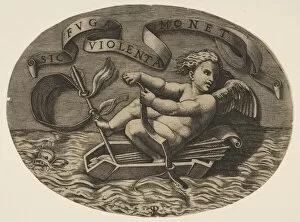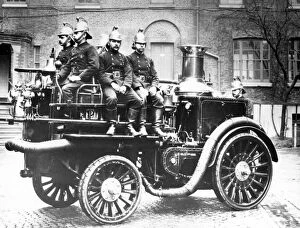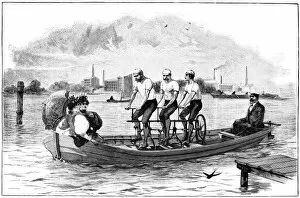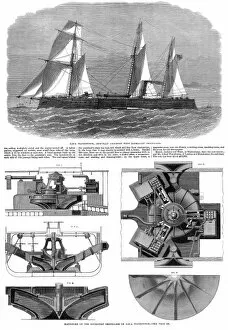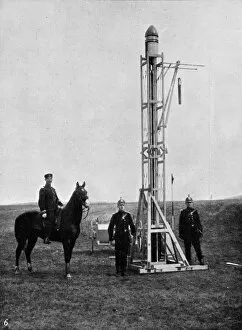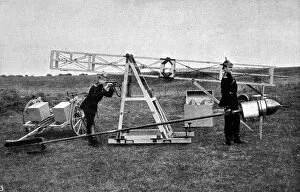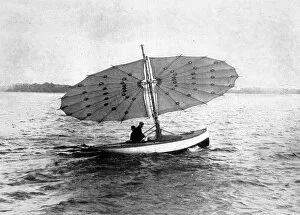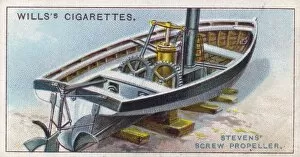Propel Collection (page 2)
"Propelling through Time and Space: Unveiling the Evolution of Transportation" Step back in time to the bustling streets of India in the 1920s
For sale as Licensed Images
Choose your image, Select your licence and Download the media
"Propelling through Time and Space: Unveiling the Evolution of Transportation" Step back in time to the bustling streets of India in the 1920s, where a rickshaw gracefully propels forward, carrying passengers with ease. This iconic mode of transportation symbolizes an era filled with cultural vibrancy and traditional charm. Fast forward to the early 19th century, where bone-shaker bikes took center stage. With their rigid frames and wooden wheels, these contraptions propelled riders on bumpy journeys, paving the way for future innovations in cycling. Before that, a dandy-horse or draisienne emerged as a fashionable means of getting around circa 1820. This precursor to bicycles allowed riders to push themselves along using their feet—a simple yet effective way to propel oneself forward. In an unexpected twist during World War I, cartoonists depicted soldiers wearing electric underpants as a comical attempt at propulsion. A whimsical reminder that even amidst chaos, humor can be found in unconventional ideas. Taking flight into the skies above is another form of propulsion—rudimentary balloons with boats slung underneath. These daring adventurers defied gravity's pull and propelled themselves through thin air while gazing upon breathtaking vistas below. Venturing underwater reveals mesmerizing creatures like the Caribbean Reef Squid from Bonaire. With swift movements and jet-like propulsion systems known as siphon jets, they navigate their aquatic realm effortlessly—an awe-inspiring display of nature's ingenuity. Meanwhile, across vast oceans lie two majestic octopus species—the Day Octopus from Hawaii and the Giant Pacific Octopus from British Columbia. Their incredible ability to propel themselves through water showcases adaptability at its finest—nature's own masterpieces in motion. From ancient times to modern marvels, "propel" has been woven into our history like threads connecting generations past and present. It reminds us that progress relies on innovation and imagination—a force that propels us forward into an ever-evolving future.


